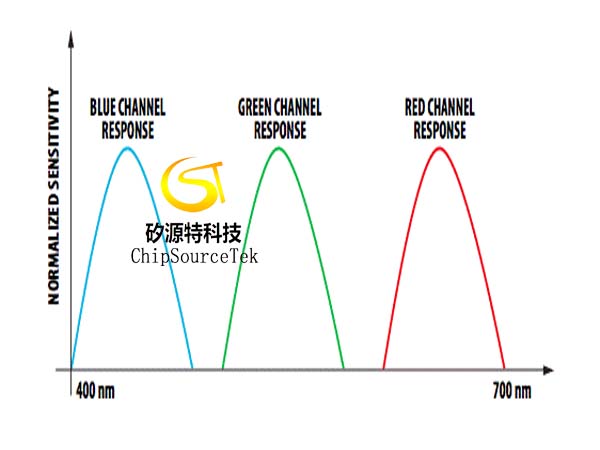How to use RGB color sensor for reflective color sensing
Time:2022-01-20
Views:2342
Reflective color sensing using Avago technologies RGB color sensor
Abstract - reflective color sensing is usually realized by photodiodes with multiple light sources or photodiodes coated with color filters containing a single light source. This paper introduces the concept of reflective color sensing using RGB color sensor. Firstly, the reflective color sensing theory and its basic elements are discussed. Then the hardware design considerations and sensor output interpretation are discussed.
Reflective sensing theory in reflective sensing
There are three important elements: detector, target and light source. A detector is a device that captures light reflected from an object. The target is the object to measure color, such as colored paper or paint. Usually non emissive, it reflects and absorbs different amounts of light at different wavelengths. Illumination is a light source whose spectrum covers the wavelength of visible light, such as sunlight.
In reflective color sensing systems, detectors and illuminators are usually installed together in one module. When the module is placed near the target, the light from the light source will fall on the target surface and reflect to the detector. The color of the light reflected from the surface is a function of the surface color. For example, white light focused on a red surface is reflected as red. The reflected red light is incident on the color sensor to generate R, G and B output voltages. By interpreting the three voltages, the color can be determined. Since the three output voltages increase linearly with the intensity of the reflected light, the color sensor can also measure the reflectivity of the surface or object.

Non overlapping spectral response
Hardware design considerations of reflective sensing system reflective sensing system
It contains three basic elements: RGB color sensor, external light source such as LED and non luminous object.
1) Select detector
Which detector is suitable for reflective sensing? A suitable detector needs to have good sensitivity and spectral coverage. In reflective sensing, the light captured by the detector will be reflected back from the measured object. Therefore, the intensity of the reflected light is lower than that of the direct light source.
The spectral responses of each red, green and blue channel shall overlap to ensure that all wavelength information is captured. Figures 1 and 2 below show overlapping and non overlapping spectral responses, respectively. Fig. 3 shows an arbitrary spectrum of the signal reflected from the blue surface.
|
Disclaimer: This article is transferred from other platforms and does not represent the views and positions of this site. If there is infringement or objection, please contact us to delete. thank you! |











